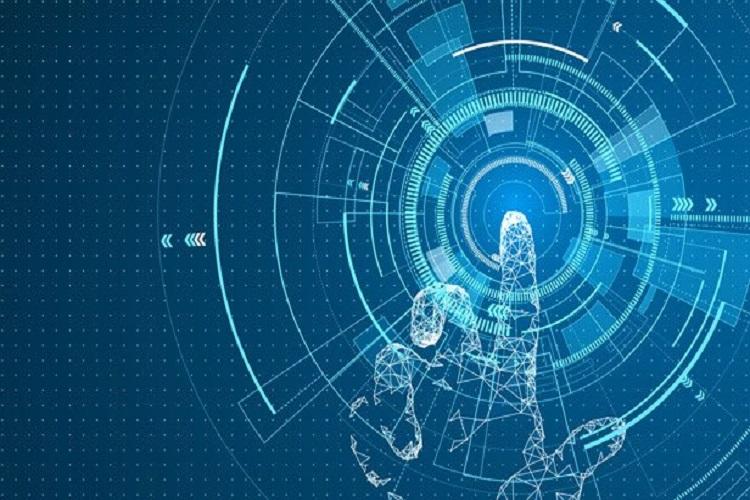
Information Technology (IT) underwent a major change in 2020 as organizations were forced to quickly adopt strategies to handle new cybersecurity threats and increased remote working and collaboration needs, according to Matrix Integration. Cybersecurity remains a top concern for 2021, as hackers continue to threaten organizations, particularly in energy/utilities, government, and manufacturing.
“Although every organization is putting more money towards cybersecurity, the ground is always shifting,” said Rob Wildman, vice president of professional services at Matrix Integration. “It takes an overall investment in not just technology, but in people who understand the security environment and can work with the larger IT team to coordinate efforts to prevent, detect and mitigate threats.”
In addition to cybersecurity, both businesses and technology experts expect a continuation of remote work and learning. In 2020, Matrix Integration worked with Cisco to design unified collaboration solutions for schools and businesses.
“The solution is powerful and flexible enough to work in the long-term,” said Reggie Gresham, vice president of sales and marketing at Matrix. “The work we’ve done includes new cameras, endpoints, additional bandwidth, and easy-to-use software tools to facilitate all kinds of collaboration and e-learning scenarios.”
For 2021, Matrix Integration predicts organizations will continue or increase their investment in these top five areas:
- Cybersecurity: A different approach to cybersecurity in 2021 may be necessary. For example, consulting firm Accenture estimates that while direct attacks may have fallen, indirect attacks to supply chain and infrastructure are on the rise, causing organizations to broaden their approach to thwarting cyberattacks. In addition, companies are implementing a great number of preventative measures such as air-gap backups, multifactor authentication, and other automated efforts to quarantine malware the moment it is recognized on the network.
- Enterprise-level telephony systems for any business: With the increase in cloud-based services, small- and medium-sized businesses (SMBs) can now have the same level of sophisticated phone services as major enterprises. The size of the system is easily managed and can be scaled up or down. Advantages include no capital investments or aging hardware and simplified management and control. As remote work will likely continue into 2021 and beyond, IP-based phone systems make it easy for employees to connect from anywhere.
- Unified Collaboration: The ability to work together across applications is both a short- and long-term goal that many of Matrix’s clients have embraced for 2021. In 2020, together with Cisco, Matrix Integration deployed a wide variety of easy-to-use technologies for individuals and teams, including content sharing, encryption of sensitive data, and cutting-edge, cloud-based phone systems that all work together seamlessly.
- Edge-to-Cloud: More than 70% of essential applications and data live in hardware-based data centers. Instead of moving these systems to the cloud – an expensive and time-consuming undertaking—new technology now moves the cloud to the edge. Working with HPE GreenLake, Matrix Integration can bring cloud services to these data centers, allowing users to deploy services such as Artificial Intelligence (AI) and Machine Learning (ML), as well as add speed and agility to on-the-ground information.
- Virtual IT Departments: Many small- and medium-sized businesses are realizing that outsourcing their IT departments altogether generates a significant ROI. In 2020, Matrix Integration worked with a growing number of clients to implement a MiAssurance contract, with companies handing the reigns over to Matrix to handle IT issues ranging from routine user questions to cybersecurity maintenance and data backups. In addition to reducing the total cost of ownership, outsourcing expands IT capabilities for businesses, providing them with additional tools and services that they may otherwise not have access to.

 In
In
Add new comment